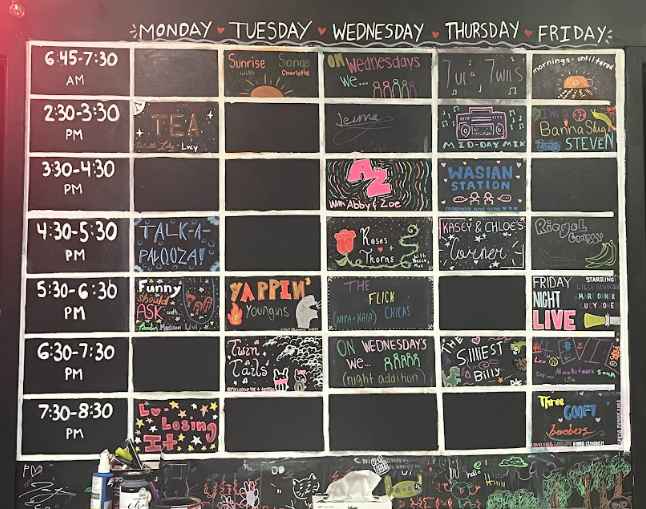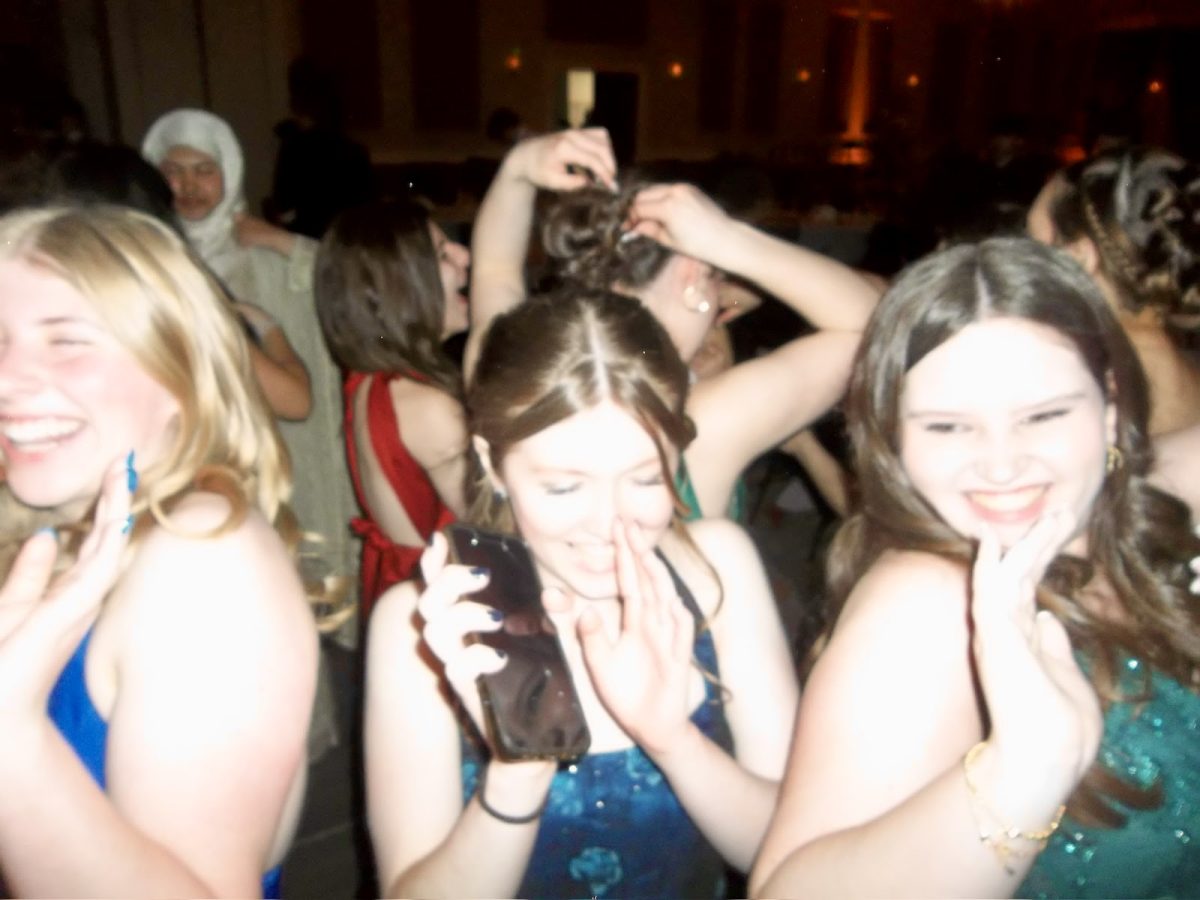UrbanDictionary.com, which is undisputedly the most reliable source for this kind of research, defines hipster as “a subculture of men and women typically in their 20’s and 30’s that value independent thinking, counter-culture, progressive politics, an appreciation of art and indie-rock, creativity, intelligence, and witty banter.” The term originated in the 1940’s, when it was used by Jazz musician Harry Gibson to describe middle-class white Americans hoping to emulate the lifestyle of the predominantly black community of jazz. It has since evolved to attain a more selective attribute and has been labeled as pretentious by many.
The advent of the hipster has been instrumental in the social conformity revolution that is currently underway. In case you haven’t noticed this gradual yet stunning transformation of social cliques, keep an eye out in the hallways. You’ll be surprised at the number of people you spot wearing rebellious clothing, listening to alternative or even outdated music, and even acting differently than what may be considered “normal.” Keep in mind that all of these terms – “rebellious” and “alternative” – are relative sayings. The word rebellious has expanded to mean anything that sets an individual apart from another: being fashion-forward, outlandishly-colored, or perhaps coy and witty. However, all of the previously stated relative terms are different according to whom you ask.
In short, it doesn’t matter how you’re rebelling or even whom or what you are rebelling against. All that matters is the act of rebellion: the effort and courage to emerge from the shadows of safety and into the battleground of truth. This demonstration of your “true colors”, so to speak, earns the respect and acceptance of your fellow hipsters. However, this creates some kind of paradox. Is this not the same as separating oneself from one clique only to directly enter another? Granted, this new clique prides itself on its independence from cliques- it is still a select grouping of individuals. Is the diversity and freedom of this clique’s boundaries enough to support the ideals it holds on conformity?
All of this disparagement between student lifestyles is the result of the current generation’s ideals pertaining to conformity. No longer is it acceptable or even excusable to adhere to normality. Unorthodox has been eviscerated into admirable. Terms such as “freak” and “outcast” are now gladly welcomed by some. An argument could be made that hipsters are chipping away at the concept of bullying by accepting all those who were once victims of their own decisions. According to some, they are nothing more than pretentious bullies themselves. Regardless of your opinions on hipsters, there is no debating that this “clique” is changing the culture of young adults as we know it, for better or for worse.















